|
Tiwanaku (also spelled
Tiahuanaco) is an ancient archaeological site located near
Lake Titicaca, in the
Altiplano region of
Bolivia, not far from
Puno, Peru. Tiwanaku is
one of the most important and mysterious archaeological sites in South
America, known for its
impressive ruins,
advanced engineering, and
rich cultural history.
Key Features of the Tiwanaku
Archaeological Site:
-
Historical Significance:
- Tiwanaku was the
center of the Tiwanaku
civilization, which flourished between approximately
500 AD and 1000 AD.
This civilization was one of the most advanced in the Andes,
influencing later cultures like the
Inca.
- The site is believed to have
been a religious,
political, and economic center, playing a major role in
the Andean world.
- It is recognized as a
UNESCO World Heritage
site, emphasizing its cultural importance.
-
Major Structures and
Features:
-
Pumapunku: One
of the most famous sections of Tiwanaku, Pumapunku is known for
its large, intricately cut stones and the
precise alignment
of the ruins. The purpose of this part of the site remains a
topic of much debate among archaeologists. Some believe it
served as a ceremonial
platform or
temple.
-
The Semi-Subterranean
Temple: This is one of the most iconic structures at
Tiwanaku. It is known for its
stone walls,
which are decorated with
carvings of
human and animal
figures. The temple is thought to have had a
ritual significance,
perhaps related to the worship of the
earth and
underworld.
-
The Sun Gate (Puerta
del Sol): This
stone monument
is one of Tiwanaku's most iconic and well-preserved structures.
It is a large stone
door with intricate carvings and is believed to have
served as a portal
or gateway to the gods.
It features depictions of a
solar deity
and the Andean
cosmology, with representations of the
Sun,
moon, and
constellations.
-
The Temple of the
Kalasasaya: A large platform or temple, thought to have
had ceremonial and astronomical functions. The structure is
aligned with the sun’s movements, and it’s believed that the
people of Tiwanaku used it to track the
solstices and
other celestial events.
-
Advanced Stonework and
Engineering:
- The Tiwanaku people were
skilled stoneworkers, and their engineering techniques are still
a source of amazement. The stone blocks used in the construction
of Tiwanaku structures are
huge, and
many are precisely cut
and fit together with great precision. Some of the blocks weigh
several tons, and it's unclear exactly how the ancient Tiwanaku
people transported and shaped them.
- The quality of the
stonework, particularly in structures like
Pumapunku,
has led to theories about the advanced knowledge of astronomy,
engineering, and mathematics held by the Tiwanaku civilization.
Some even propose that
alien intervention could explain the precision of the
stonework, though this is a speculative theory not supported by
mainstream archaeology.
-
Agriculture and Economy:
- The Tiwanaku civilization
is also noted for its advanced agricultural techniques,
particularly its use of raised fields or
suka kollus.
These raised beds were used for growing crops in the
high-altitude environment of the
Altiplano.
This agricultural system was designed to increase crop yields,
especially during harsh climatic conditions.
-
Tiwanaku’s Influence:
- The Tiwanaku civilization
had a significant
influence on surrounding cultures, including the
Inca, who
later inherited much of their architectural and ceremonial
practices. The city of
Cusco, the heart of the Inca Empire, is thought to have
been influenced by Tiwanaku’s architectural styles.
Tourism at Tiwanaku:
- The site is easily accessible
from La Paz,
Bolivia, and is often visited by travelers on their way to
Lake Titicaca.
-
Guided tours are
available, and visitors can learn about the site’s history,
symbolism, and the culture of the people who lived there. The area
surrounding the ruins is also rich with artifacts and smaller sites,
some of which are still being excavated.
- The
Tiwanaku Museum
near the site offers a deeper insight into the civilization, with
artifacts,
pottery,
tools, and
statues from the
Tiwanaku culture.
Why Visit Tiwanaku?:
-
Historical and Cultural
Importance: Tiwanaku is one of the
oldest and most
important
civilizations in the Andes. A visit to Tiwanaku provides a unique
opportunity to explore
pre-Inca history and the evolution of Andean culture.
-
Mystery and Wonder:
The impressive size, precision, and engineering of the ruins at
Tiwanaku make it an awe-inspiring site. The mystery surrounding its
construction, as well as its advanced techniques, makes it an
intriguing place for visitors.
-
Stunning Views:
The site is located near the
shores of Lake Titicaca,
offering panoramic views of the surrounding mountains and the lake.
Visiting Tiwanaku:
-
Best Time to Visit:
The best time to visit Tiwanaku is during the
dry season, which
runs from May to October,
when the weather is more temperate. The site is open year-round, but
the rainy season (November to April) can make travel more
challenging.
-
How to Get There:
Tiwanaku is located around
70 km (43 miles) west of
La Paz, Bolivia.
It can be reached by bus,
guided tours, or
private transport. The nearest airport is in
La Paz, and it
takes about an hour and a half to reach Tiwanaku from the city.
Conclusion:
Tiwanaku is a must-visit for anyone
interested in ancient
civilizations, Andean
culture, and
archaeology. With its
advanced engineering, fascinating history, and
mysterious stonework,
Tiwanaku remains a site full of intrigue and cultural significance.
Whether you're an archaeology enthusiast or just interested in learning
more about the pre-Incan
cultures of the Andes,
Tiwanaku’s ruins offer a fascinating glimpse into a
lost civilization
that left a lasting impact on the region.
|
|
 Safaris
Bergsteigen
Wandern
Inselwandern Weltweit
Safaris
Bergsteigen
Wandern
Inselwandern Weltweit
 Europa
Inselwandern
Europa
Inselwandern
 Städtewandern
Städtewandern
 Paintings
Paintings Dirk Rauschenbach
Dirk Rauschenbach
 Safaris
Bergsteigen
Wandern
Inselwandern Weltweit
Safaris
Bergsteigen
Wandern
Inselwandern Weltweit
 Europa
Inselwandern
Europa
Inselwandern
 Städtewandern
Städtewandern
 Paintings
Paintings Dirk Rauschenbach
Dirk Rauschenbach
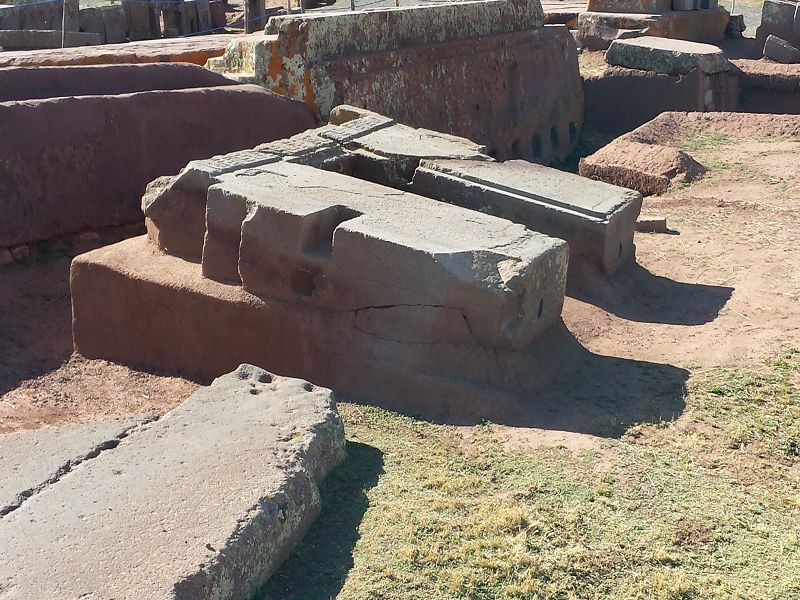
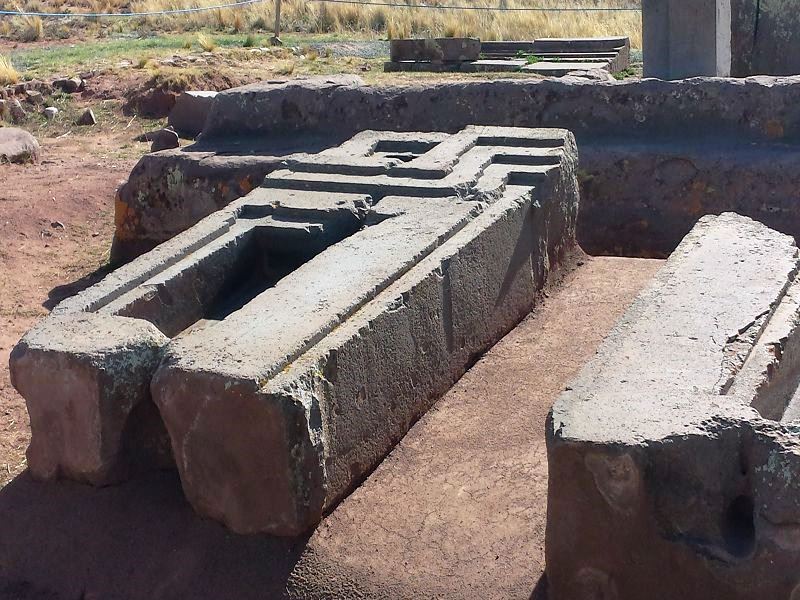
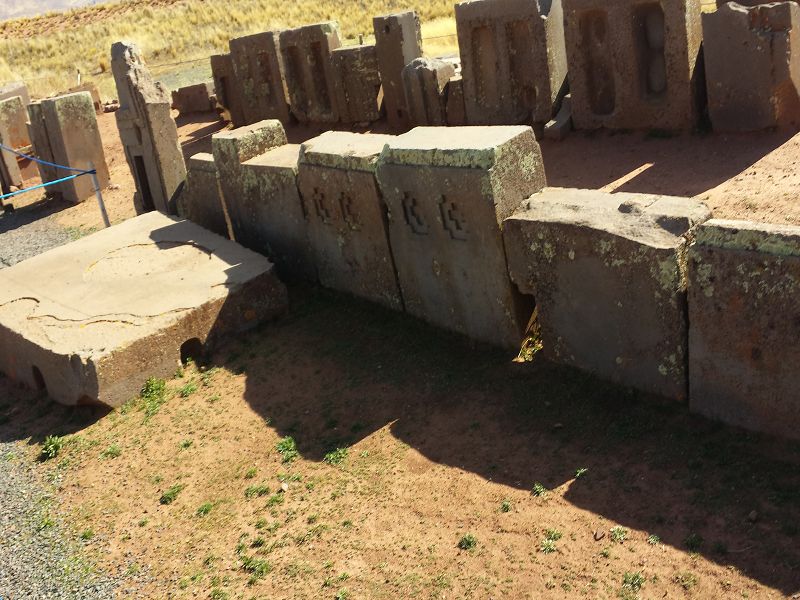
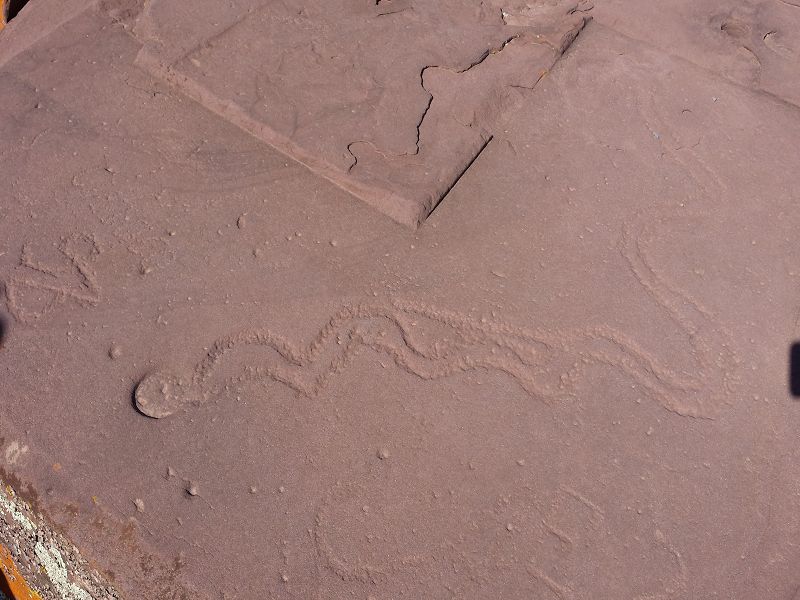
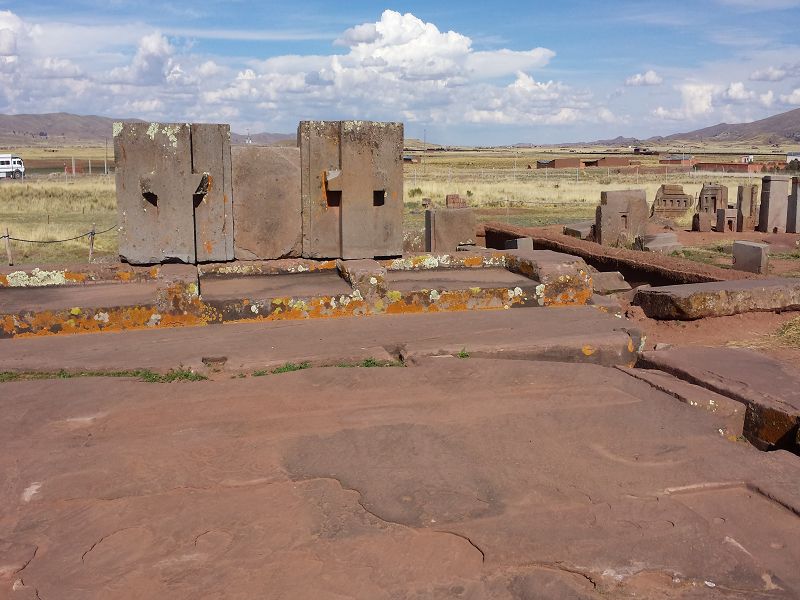
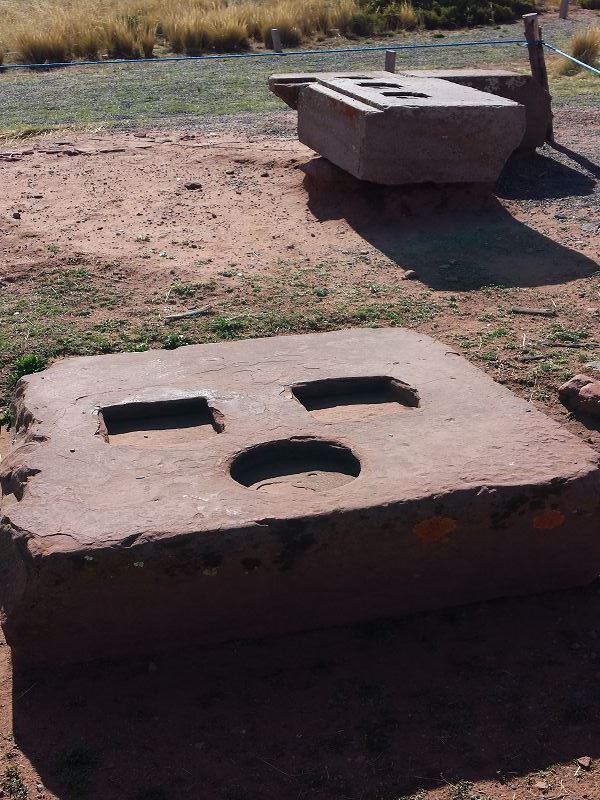
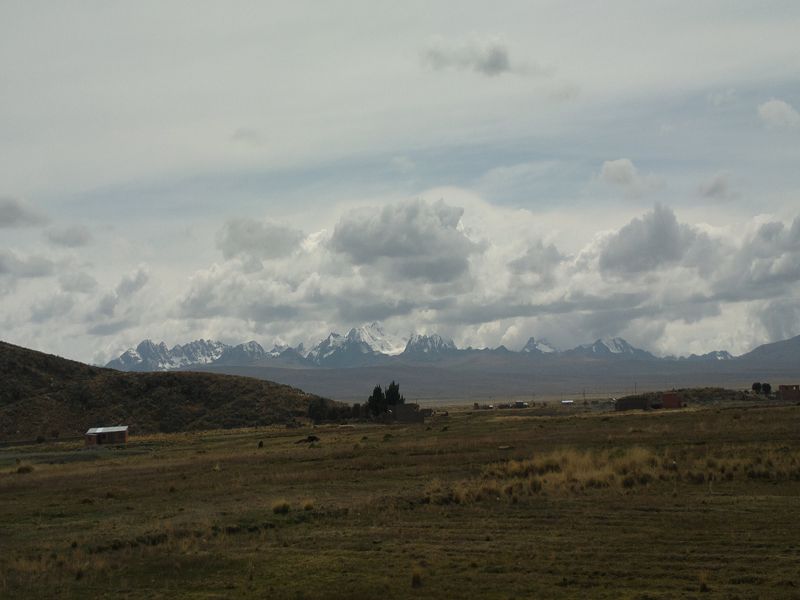
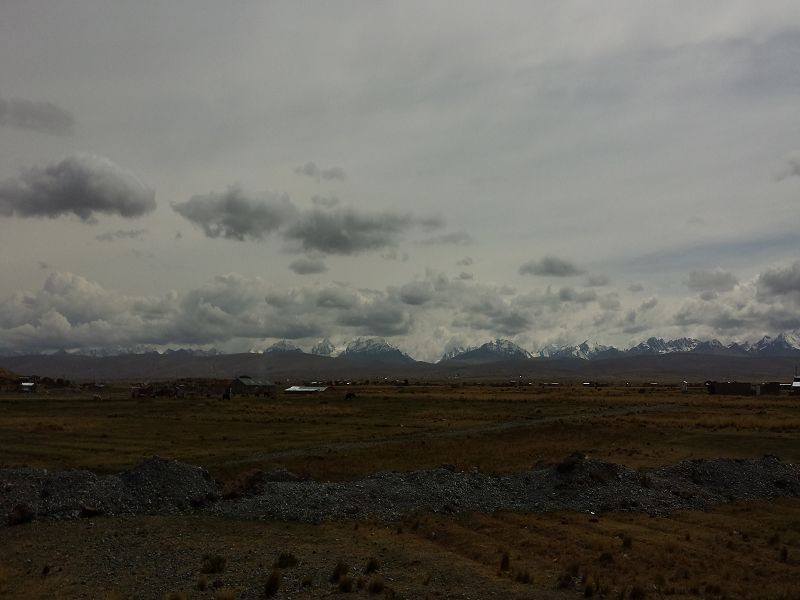
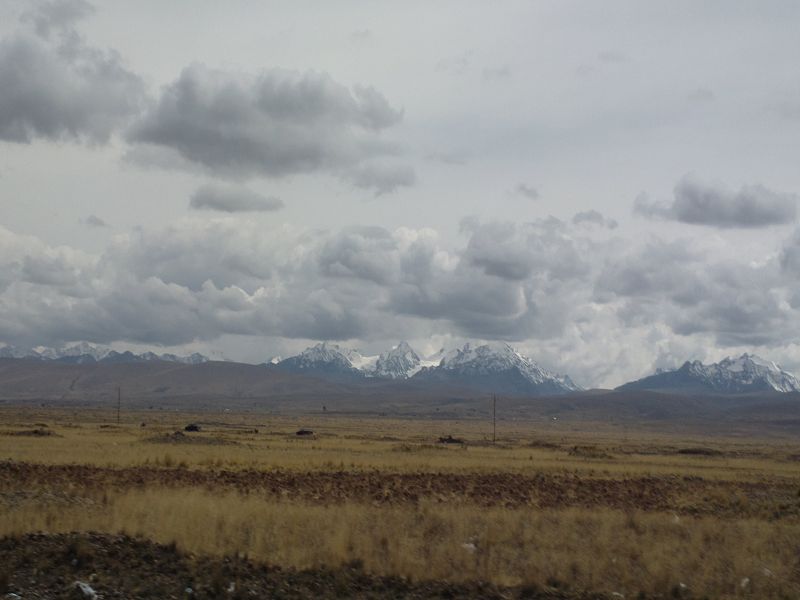
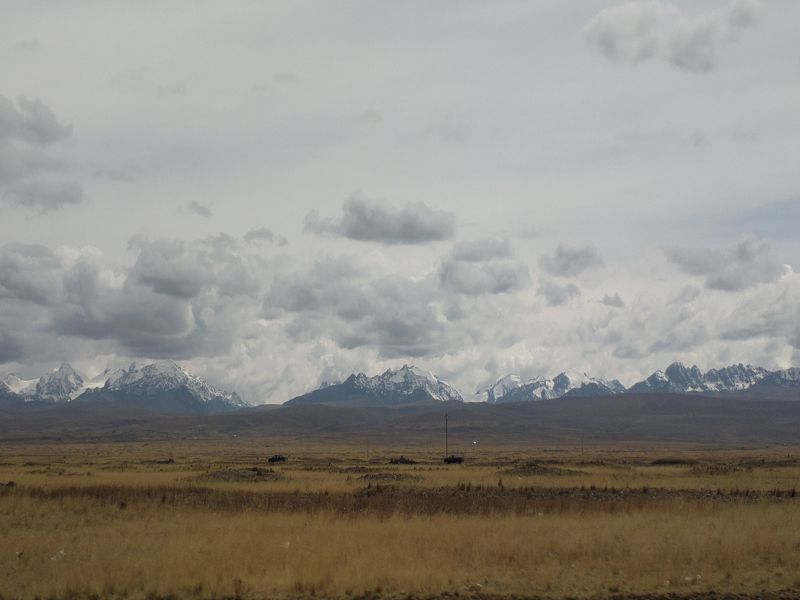
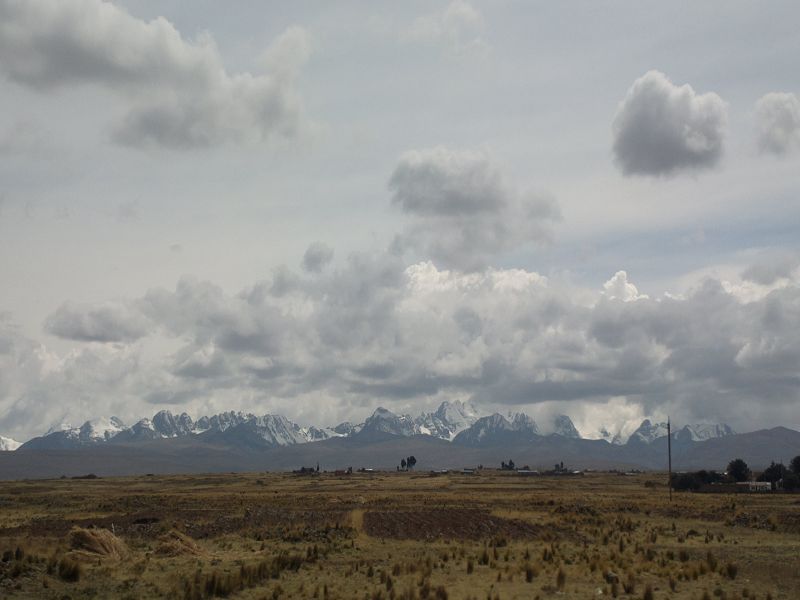



![]() 26.07.25 Copyright Dirk
Rauschenbach Koelnerstrasse 293 51702 Bergneustadt
Datenschutzerklaerung 02261 9788972 Mail ccooly(
at) web.de
26.07.25 Copyright Dirk
Rauschenbach Koelnerstrasse 293 51702 Bergneustadt
Datenschutzerklaerung 02261 9788972 Mail ccooly(
at) web.de